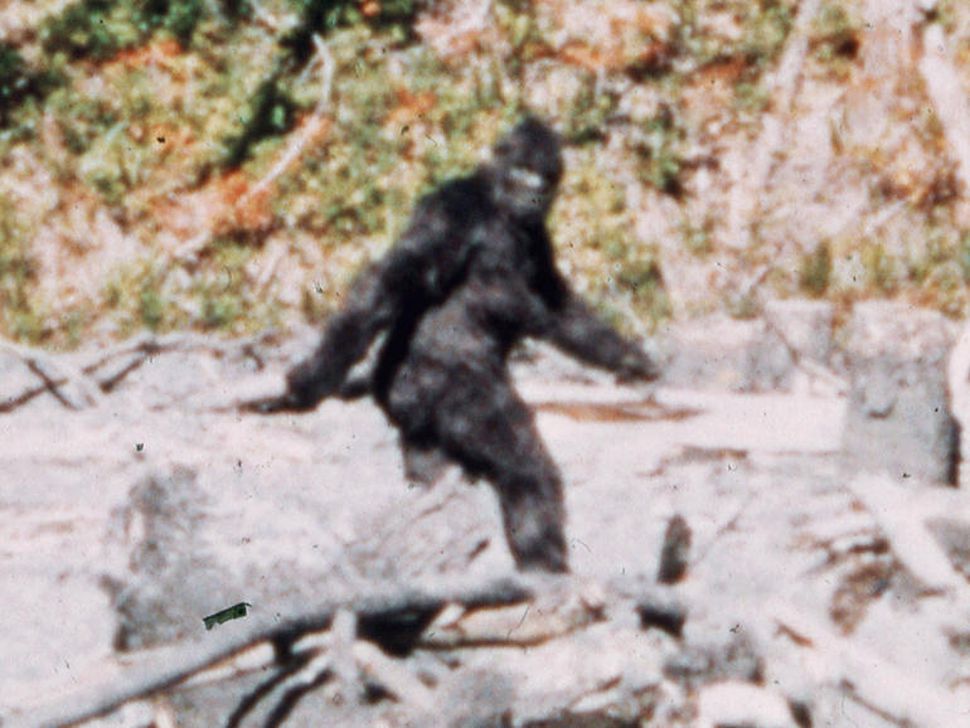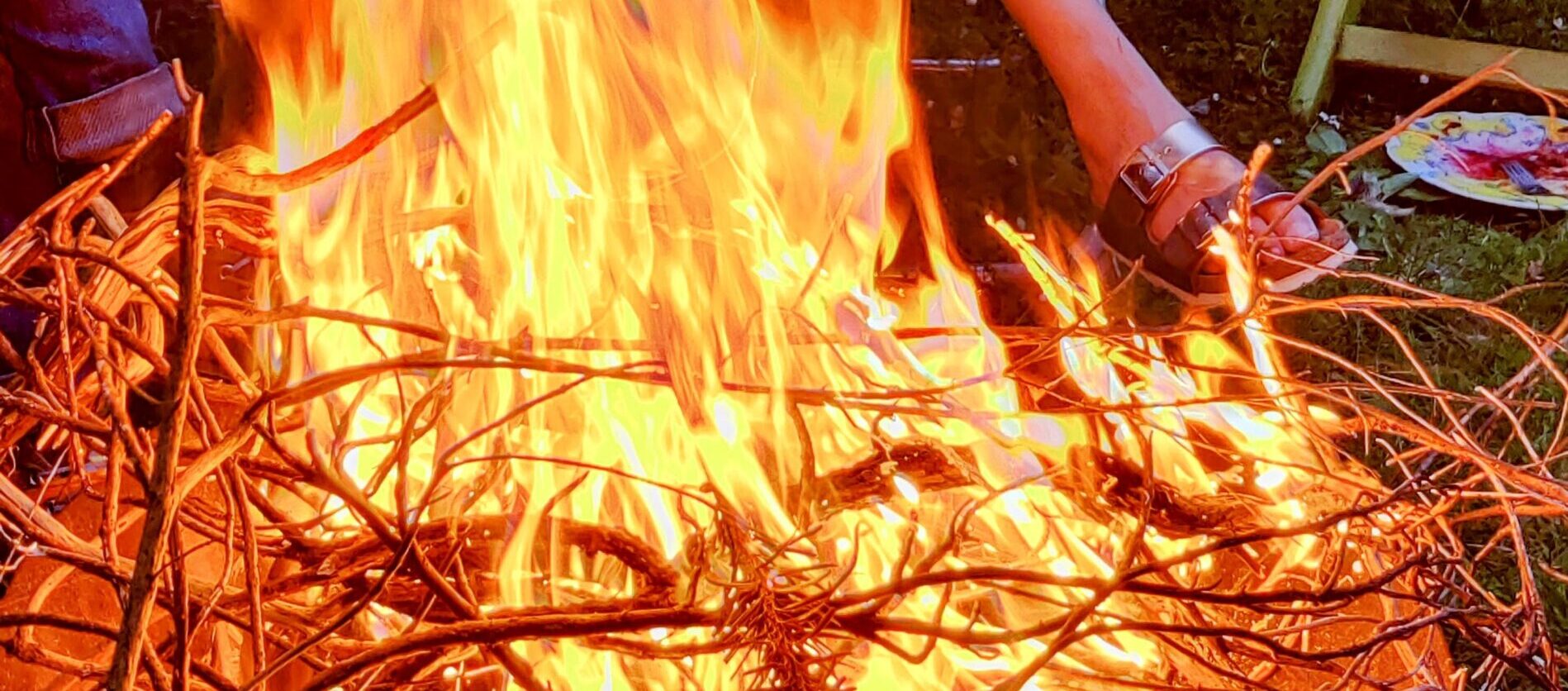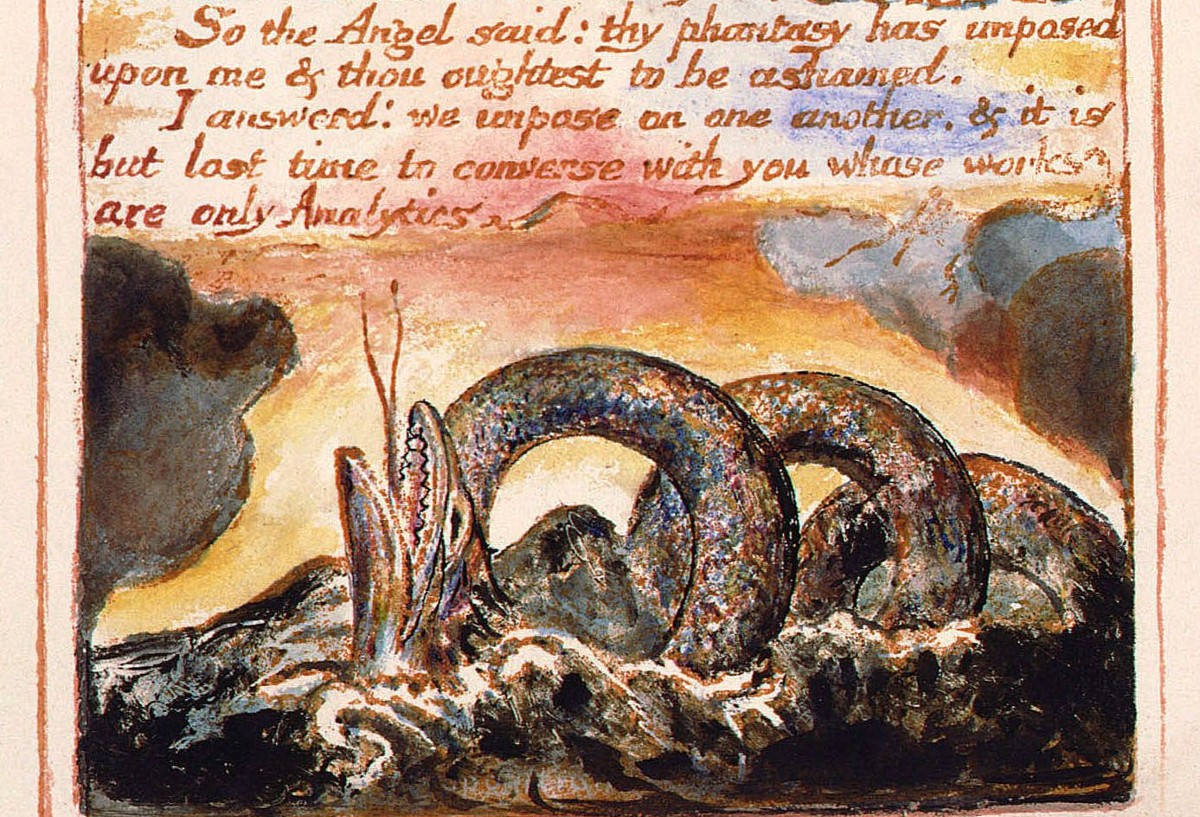
Like a big cat in the Norfolk Fens or a towering simian figure in the American backwoods, a neurosis is a real experience that doesn’t belong. I want to talk here about health anxiety, the unshakeable conviction of a physically healthy person that they are seriously unwell. Friends and family roll their eyes in frustration; but repeated visits to the doctor fail to reassure. The obvious approach that might suggest itself would be Cognitive-Behavioural Therapy, a dose of sweet reason prescribed to chase away the fears.
We would advocate a different approach, one more akin to cryptozoology, which Wikipedia describes as “a pseudoscience and subculture that searches for and studies unknown, legendary, or extinct animals”, known as cryptids. While some might scornfully dismiss reports of the impossible as irrational, superstitious, grandiose and delusional, we suggest instead following the trail. If you stalk a bizarre and frightening manifestation to its hidden lair, you might find there – amidst the bones, rags of clothing and a pair of broken spectacles – something precious.
I was once in a relationship with a highly insecure partner. Eventually I worked out that the only way to live with her was to suppress my feelings. Things went well – really well – so long as I didn’t challenge anything. I remember telling a friend, “don’t knock repression until you’ve tried it!”
One Autumn day I’d been out collecting field mushrooms, that I fried with butter, garlic and thyme. That evening, there was an argument, and since I knew that there was little point in getting angry, I controlled myself, and went to bed. As I was falling asleep, I had the uncanny but unshakeable impression that the mushrooms I’d eaten were Death Cap, responsible for 95% of all deaths from fungi poisoning. Death Cap (Amanita phalloides) is deadly because it painlessly destroys the liver and kidneys, and there then follows a slow, agonising death from the body’s waste products. After about an hour of this, I woke myself up properly so that I could think more clearly. I knew the mushrooms weren’t Death Cap, but why wouldn’t the thought leave me?
What hid behind Death Cap was my anger. I had learned how to turn it inwards instead of expressing it, and this was slowly destroying me. I had to get out.
“I’m a hypochondriac!” my client cried. He had developed a fear of going blind. His eyes were twitching, vibrating alarmingly at times, or moving about when he tried to sleep. He worried that his previous health fad of ‘sun-gazing’ had caused long-term damage, although an examination at the time (and another recently) had showed his eyes to be healthy. Intrigued by his mention of sun-gazing, I began to explore his mildly obsessive preoccupation with his own health – yoga, diets, semen retention, and other New Age ascetic practices – and I asked about how he felt about death. He answered that he hoped to prolong his life as long as he could, and to be in good health right up to the end.
I decided to try an experiment, and asked, “What if today … were to be your last day?”
This hit him hard, and he began to weep. His life would end. He would eventually lose the battle, become frail and sick, and die. As we gave some time and space to the feeling of grief, he felt it spread from his eyes to his face and throat. The weeping had been dammed up for so long that it became a scary, buzzing energy. Somewhere in that energy was the strangled message: I am going to die. We are all going to die. But because the message couldn’t be heard, it eventually went through a weird translation – one might say, from tears into fears.
After the session, my client reported that he felt exhausted, and had only a vague recollection of what had happened. Therapy is a journey through altered states. When we go from one reality to another – waking up from an intense dream, say – it can be both hard to enter the new state, and difficult to recall the previous one. In this instance, the client moved from a state of neurotic cognition to one of deep emotion, and the journey from head to heart had left him disoriented.
This reminds me of a common trope in fantasy and SF. A witch who has performed some powerful feat of her art is left weak and insensible. An alien is found in the wreckage of its spacecraft, hovering on the edge of death after crossing the intergalactic void. A time traveller collapses in a near-comatose state and has to be taken to hospital, where doctors wonder at his inexplicable illness almost as much as his outlandish clothes.
It takes huge energy to cross boundaries in consciousness. It takes courage to face existential dread, but doing so means we can dispense with our neuroses. Existential problems will never go away, and that means we have to live with them. Grief at death is not death, and nor will grief kill us: instead, it helps us to go on living in the awareness and even presence of death.
In fairness to cryptozoologists – and this will be clear from other blogs and case studies here – I don’t believe every weird experience is explained by neurosis. That said, not every weird experience is best understood as paranormal, either. The most fertile approach is one that honours the primacy of the experience.
Listen to the whispered message of the spirits. Pay attention to crazy coincidences. Follow, if you dare, the slime-smeared trail into the dark woods.
Copyright © 2022 My Sunset by Bogdan Bendziukov.




